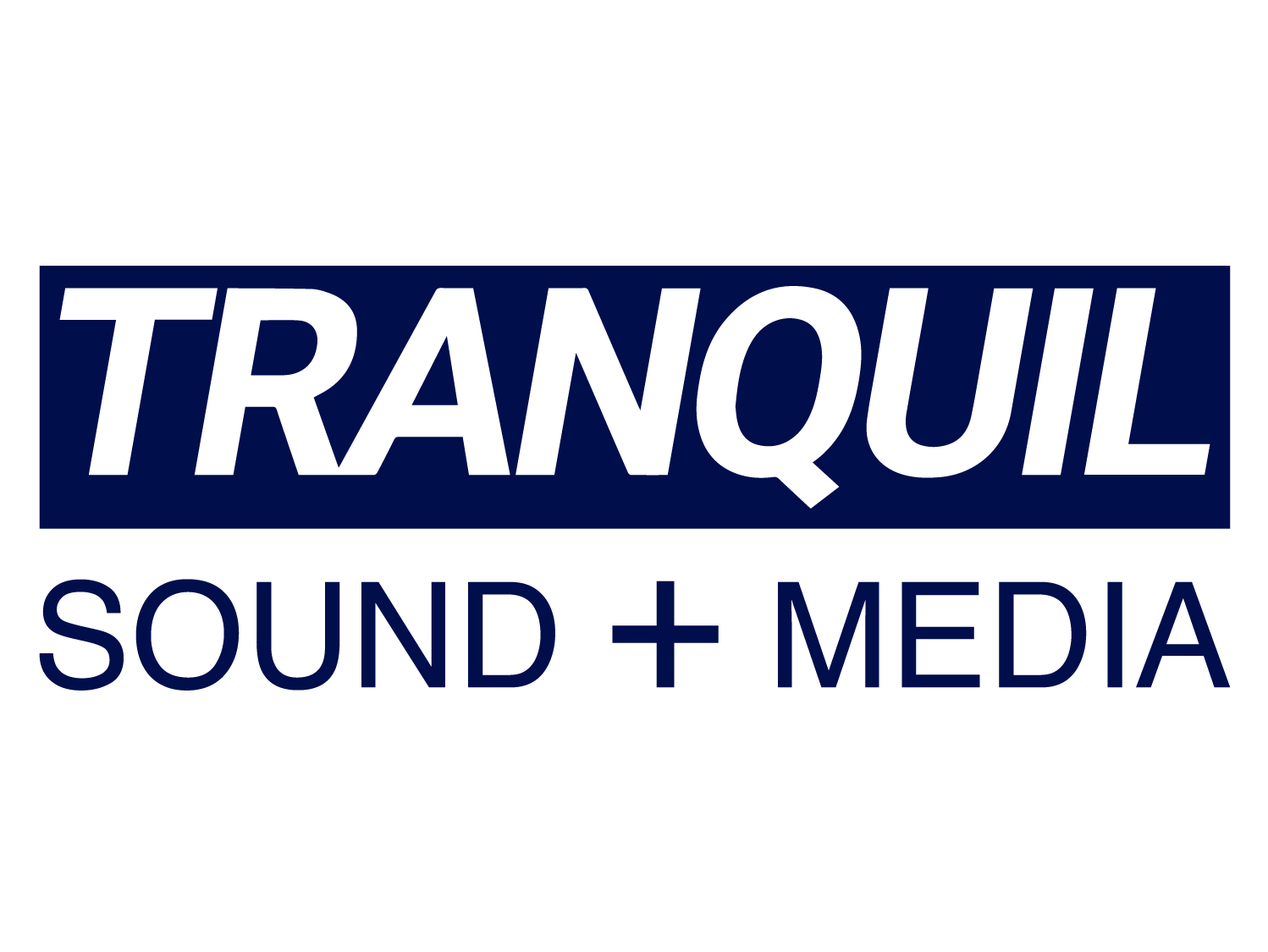Context
My project aimed to create an idea that would transform and make a difference to the National Science & Media Museum. After researching different approaches that technology can be implemented into museums, I concluded on focusing my attention on Augmented Reality (AR). I was confident that it would bring a new vibrancy to the museum’s exhibitions, which would make them more exhilarating and interactive. My idea was to combine famous TV Characters that everyone resonates with, and with museum content, allowing visitors the ability to connect while also learning. My objective was for the museum to seem contemporary but still tie in with its history and identity.
Expanded Context and Purpose
For my project, my idea was to develop an Augmented Reality Experience for the National Science & Media Museum. This would make the experience of NSMM more personal and engaging. In my opinion, it was important to use recognisable characters because they create such a strong connection, especially for families and adults who grew up with these shows.
The aim was to maintain to museum’s educational objective but to convey it in a way that feels unique. AR suits the museum’s science and media innovation focus, which makes sense to use it as the main tool. Furthermore, I tried to focus on making this idea as realistic as possible by choosing characters that the museum actually might be able to use, while also thinking about costs and accessibility. In general, I wanted my project to indicate that museums can stay relevant by combining creativity with smart planning
Expanded Research
Initially, when my research began for my project, I researched other museums on how they are using technology to advance their visitor experience. I came across examples where AR was used well, like in San Francisco using Snap AR in the de Young Museum, and some cases where it didn’t run very smoothly. This helped me understand that just incorporating tech is not enough. It has to be operated and maintained the correct way to increase the experience and not make it confusing.
I also dedicated time to looking at NSMM’s data, which highlights the importance of attracting trend-aware targets and introducing more interactive aspects. That’s the reason why I felt confident that an AR project would suit the museums aim.
Initially, I wanted to use worldwide characters like Pokémon, but upon further research into licensing laws and costs, it came to my attention that UK-based characters would be the smarter choice to continue with such as Wallace & Gromit. This would ultimately, make my project much more achievable and avoid massive licensing issues. To say the least, my research did not just influence my idea but it facilitated shaping it so it could be successful.
Problem Solving
As the project developed, there were a few problems I encountered. One of the biggest bumps I incurred was character licensing. My original plan was to use famous, internationally-known characters, but upon researching the legal and financial side, knowing the museum was on a budget, it was evident that this was not practical. So, I adapted by switching the characters to Wallace & Gromit as the Museum already has an existing license. This keeps the nostalgic feeling and makes it feasible
Furthermore, I encountered another issue with accessibility. It became apparent that not everyone visiting would have the latest smartphone. To work around this, I suggested that the museum provide visitors with temporary tablet loans which had the AR application downloaded and set up. Thus, all visitors would get the ability to experience the museum in a way that all visitors can enjoy intuitively.
Planning and Production
During the planning stage of my project, I took into account the diverse demographic that the museum will attract and how an AR experience will work for a diverse age group. I carefully considered the practicalities, such as licensing, access to devices, and types of relevant media content that would be appropriate.
Even though I developed a strategy and showcased the idea evidently, I didn’t design any practical mockups or prototypes at that point. For this resubmission, that is something that I am amending by including visual examples demonstrating how the AR experience would appear on a device.
Practical Skills
The majority of my practical work was dedicated to planning, research and presentation. I explored the real-world side of Augmented Reality projects, licensing, and the needs of the target audience. This helped me shape a more thorough idea.
I understand that my original submission was lacking actual design work or prototypes. In the resubmission, I am designing mock-ups to demonstrate how the AR experience may work in the real world.
Evaluation & Reflection
As a whole, in my opinion, the fundamental idea of using AR to streamline museum visits is solid and suits the National Science & Media Museum’s identity. My planning was effective, and likewise, my research. But I understand now that it is equally important to show the practical aspect, not just the idea.
Presenting to the museum supported me in becoming more confident about communicating my ideas, moreover, it also showed me that audiences require a visual to have the ability to engage with concepts. Going forward, I will make sure that I moderate my creative ideas with solid mockups and examples.
Presentation
When I presented my project to the National Science & Media Museum, I felt that I explained the concept eloquently and confidently. I explained why AR was a great suit, who it would attract, and the reason why nostalgic characters might make the experience unforgettable.
The feedback outlined that even though my idea was strong, I required more practical materials, such as example designs or visuals. In the future, I’ll ensure, when presenting ideas, I also demonstrate how they could materialise realistically.
